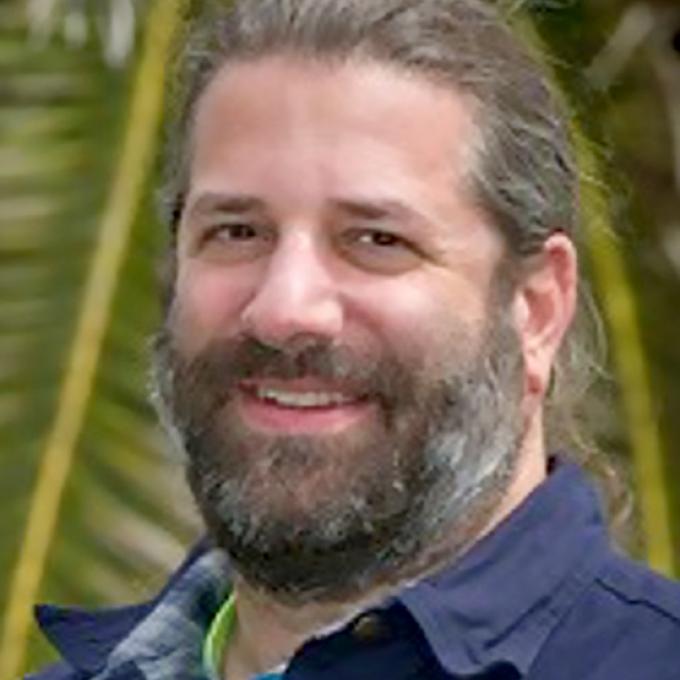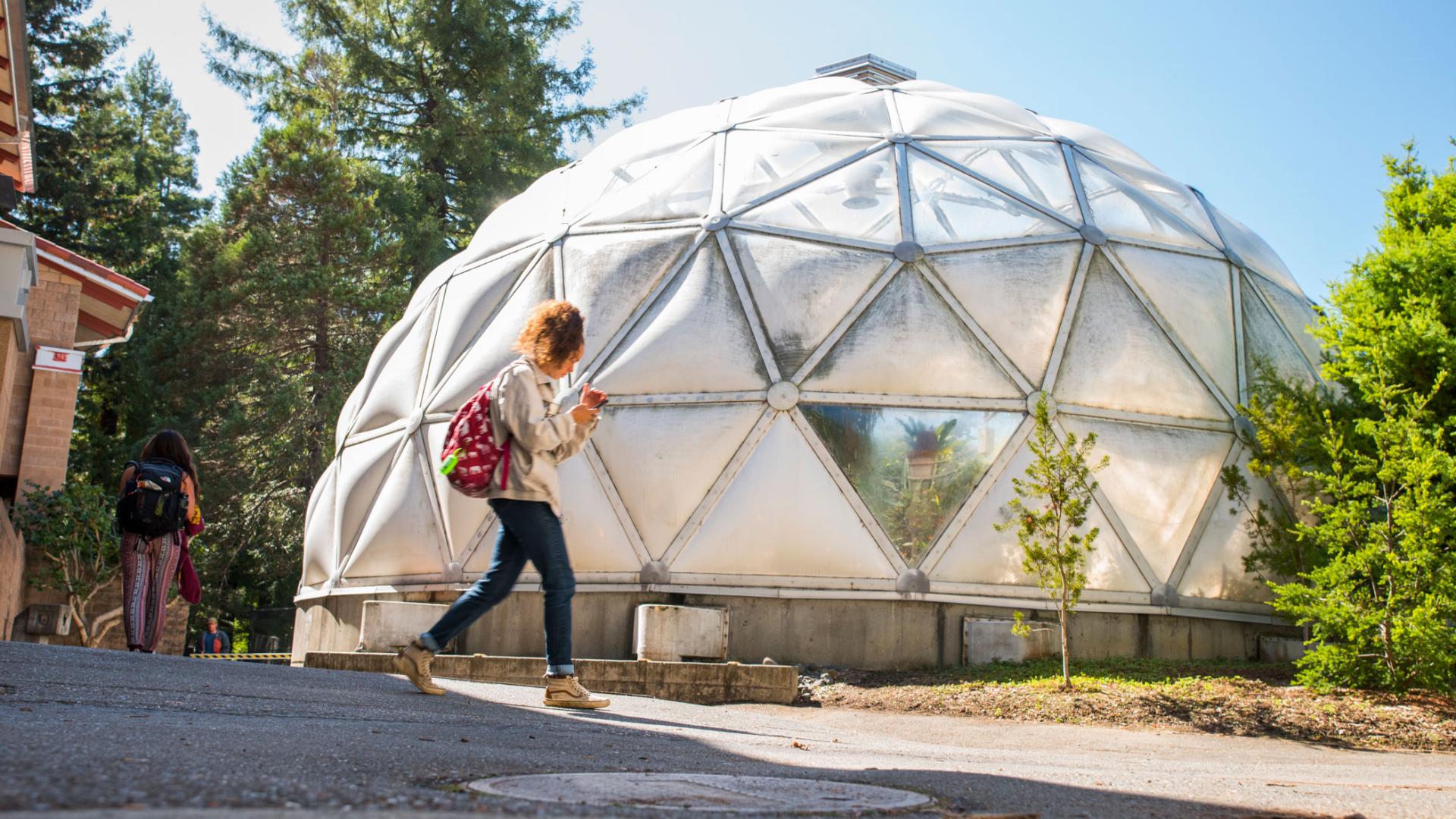Johnnie Hendrickson
Breadcrumb

Johnnie Hendrickson
Osher Online Instructor
John Langellier
Breadcrumb

Lohn Langellier
Osher Online Instructor
Geoffrey Woglom
Breadcrumb

Geof Woglom
Osher Online Instructor
Faith Ogungbe
Breadcrumb

Faith Ogungbe
Osher Online Instructor
Eric Simon
Breadcrumb

Eric Simon
Osher Online Instructor
Bernard Epps
Breadcrumb

Bernard Epps
Osher Online Instructor
Asya Pereltsvaig
Breadcrumb

Asya Pereltsvaig
Osher Online Instructor
Anna Lardinois
Breadcrumb

Anna Lardinois
Osher Online Instructor
Aleen Bayard
Breadcrumb

Aileen Bayard
Osher Online Instructor
Interim Associate Dean
Breadcrumb






